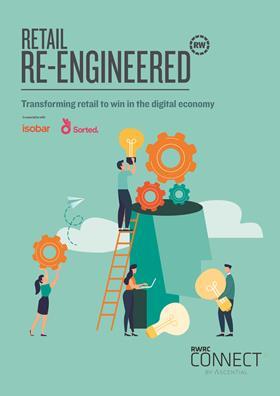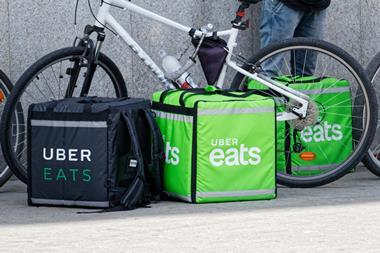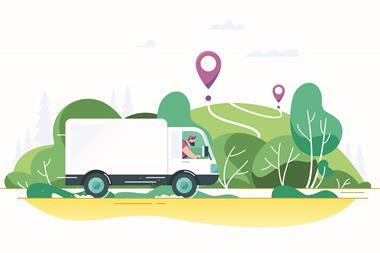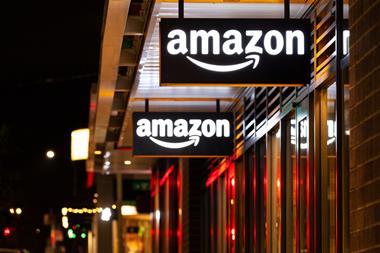The launch of Amazon Day generated plenty of headlines in the US – and it’s only a matter of time before it reaches the UK.
Amazon has always put the customer front-and-centre and is widely known for its ultra-efficient deliveries – one of the key reasons why the platform has become so popular with consumers. In March, it upped the ante.
Customers can now nominate a designated day each week – an ‘Amazon Day’ – when all their parcels will be grouped together and delivered.
In the crowded market of ecommerce, delivery experience is everything. Amazon Day ramps up convenience for customers, helping to avoid the headache of missed deliveries. In turn, this reduces the number of failed deliveries and is a massive cost saving for Amazon, which comes at a time when its own fulfilment costs have spiked as a result of Amazon Prime, with fulfilment costing $25.2bn in 2017, up 43% from 2016.
By consolidating deliveries into one per week, Amazon is driving out complexity and repetition
Where, previously, delivery processes would be repeated for each and every order that a customer placed, by consolidating them into one delivery per week, Amazon is driving out complexity and repetition. This means the company knows further in advance where the drivers need to be and when, so it can plan routes more efficiently and ensure better capacity use in vans. This makes Amazon Day a more sustainable model long term.
For the wider market, it means the competition just got that much tougher. Consumers lead busy lives and Amazon Day just gives them another reason to start shopping there, even for products they may never have bought from the marketplace before. It’s the old ‘nominated day’ model, but on a new level.
Not to mention the fact that today’s consumers are more environmentally conscious than ever, and fewer deliveries means fewer vehicles on the roads. This alone is a strong marketing message for Amazon.
So what can the industry do to compete?
Amazon operates at such a scale that this move makes sense. It’s cost-effective and practical. But for most other retailers operating at a smaller scale, it is simply not feasible – they don’t have enough orders from the same customer in a given week to justify grouping them into one day.
There are options that could help the wider industry compete, but they need to be savvy and take bold, brave steps towards transformation.
Collaborative partnerships are going to be key, whether that be allowing deliveries into third-party stores or pooled deliveries in trucks, whereby retailers share the space inside to ensure fuller vehicles. A good example of this would be the merger between Sainsbury’s and Argos, whereby the latter is able to deliver into the grocer’s stores, leveraging the regularity of shoppers’ visits to the supermarket to boost convenience.
Prepare for blockchain
While Sainsbury’s Argos may now be under the same umbrella, retailers – and carriers – need to get used to the idea that the future may be about working more closely together, and that could also mean sharing data and then pooling deliveries to drive better capacity use. Technologies such as blockchain may be vital for this to become a reality. Third-party logistics companies will also have a big part to play.
This will be a vital step towards digital transformation, and retailers that fail to do so face being left behind.
James Gill is national sales manager, Sorted
-
For more on supply chain innovation, read Retail Re-engineered, an in-depth report by Retail Week, produced in association with Sorted and Isobar






























